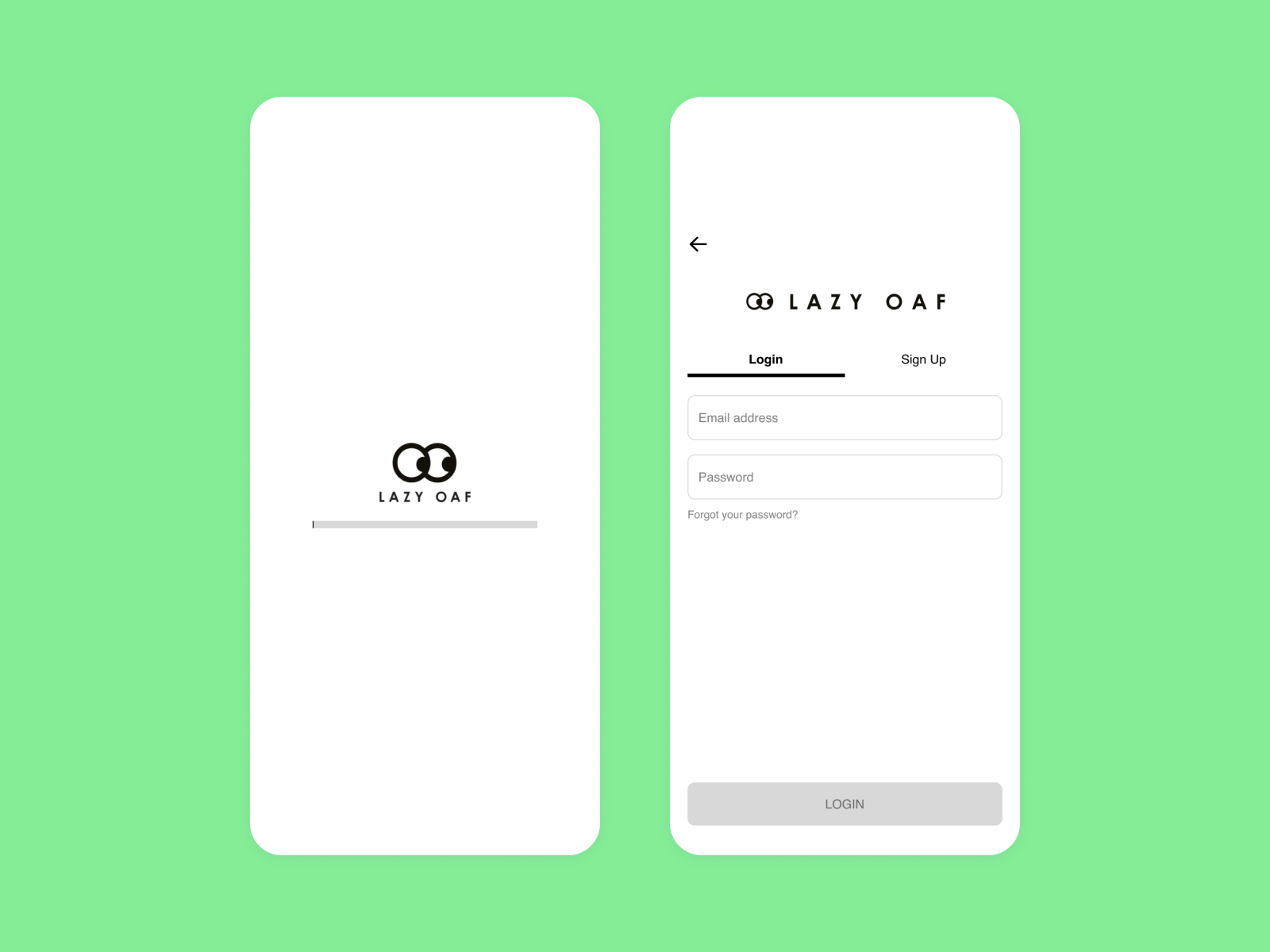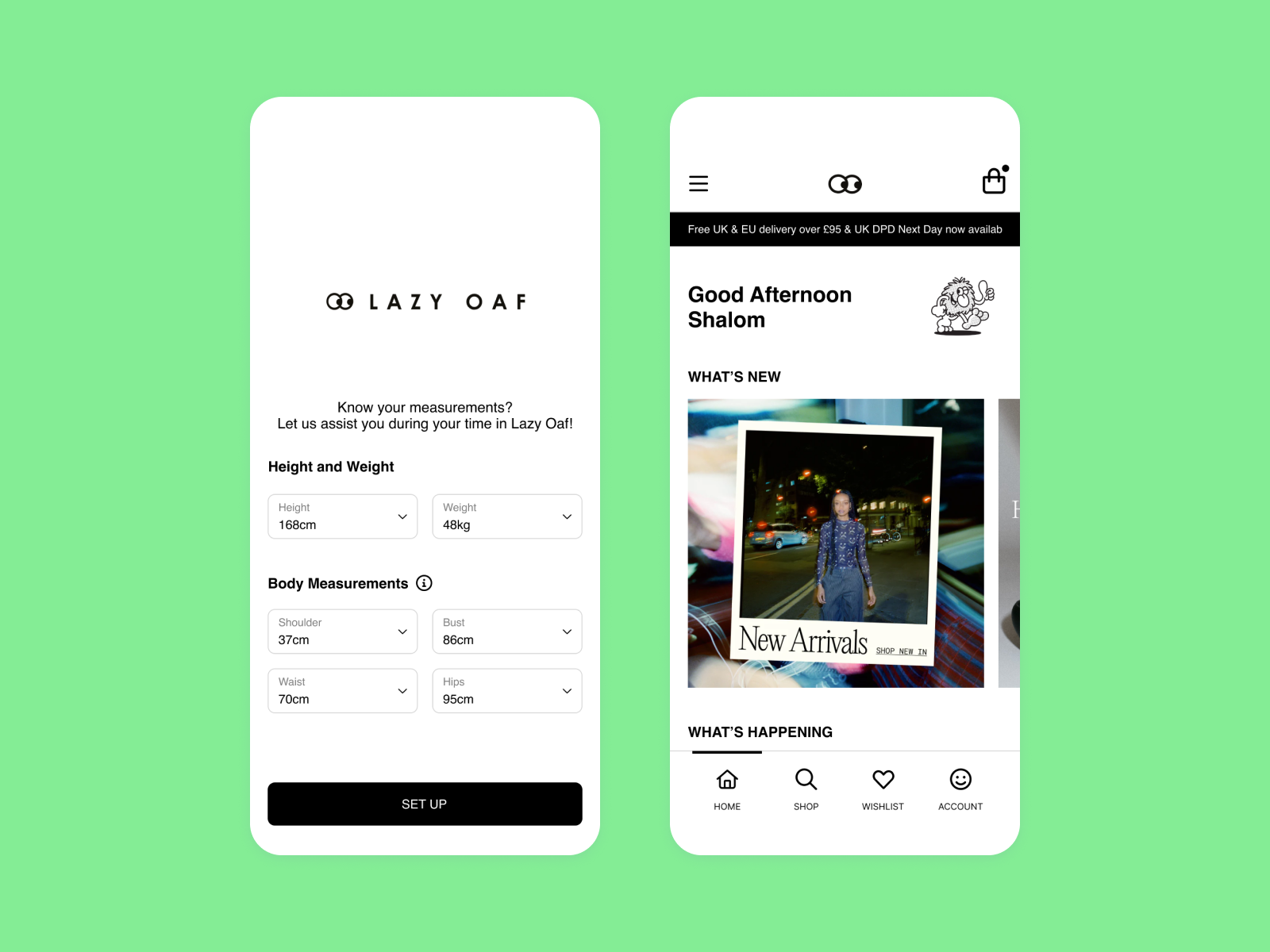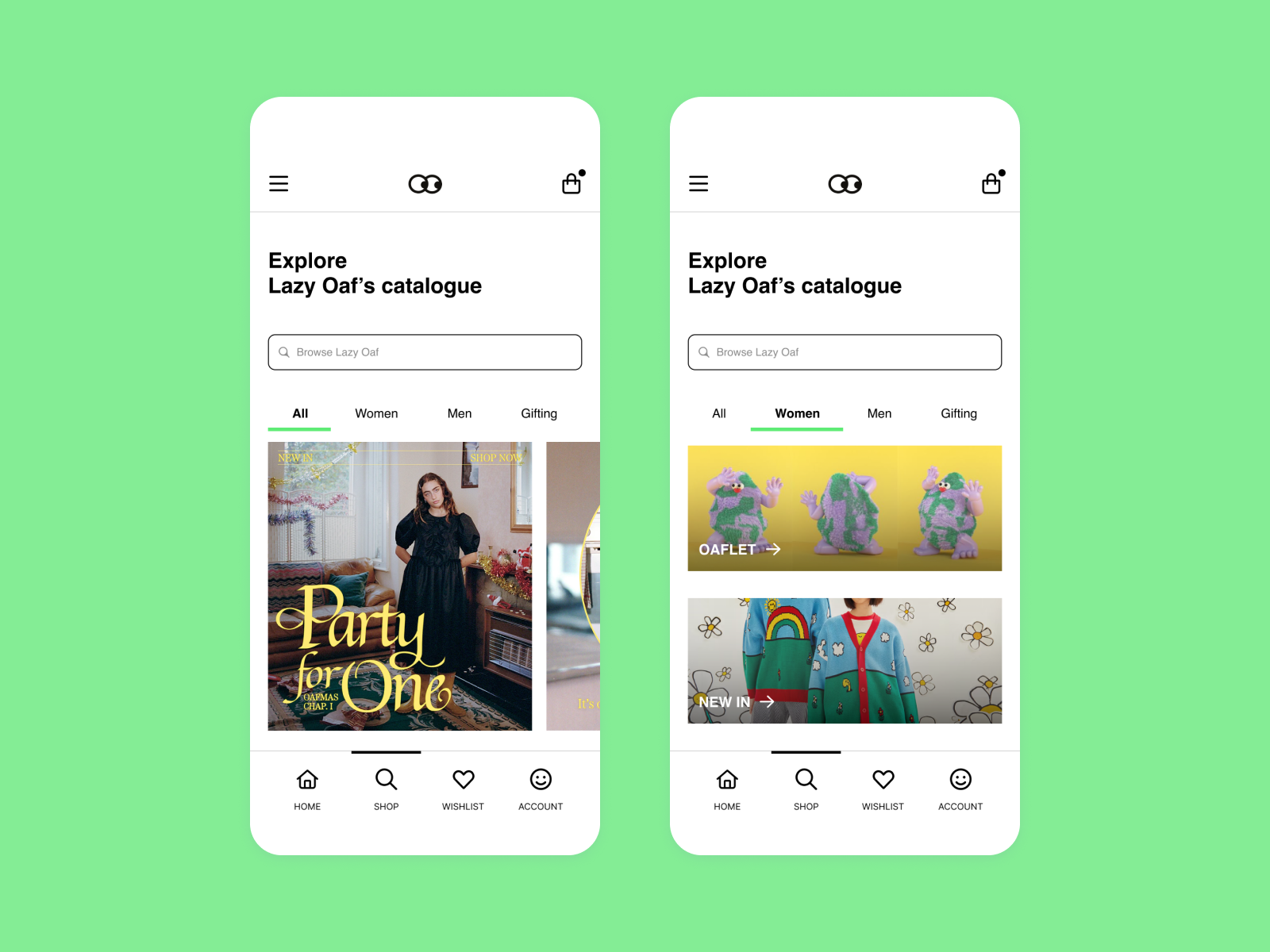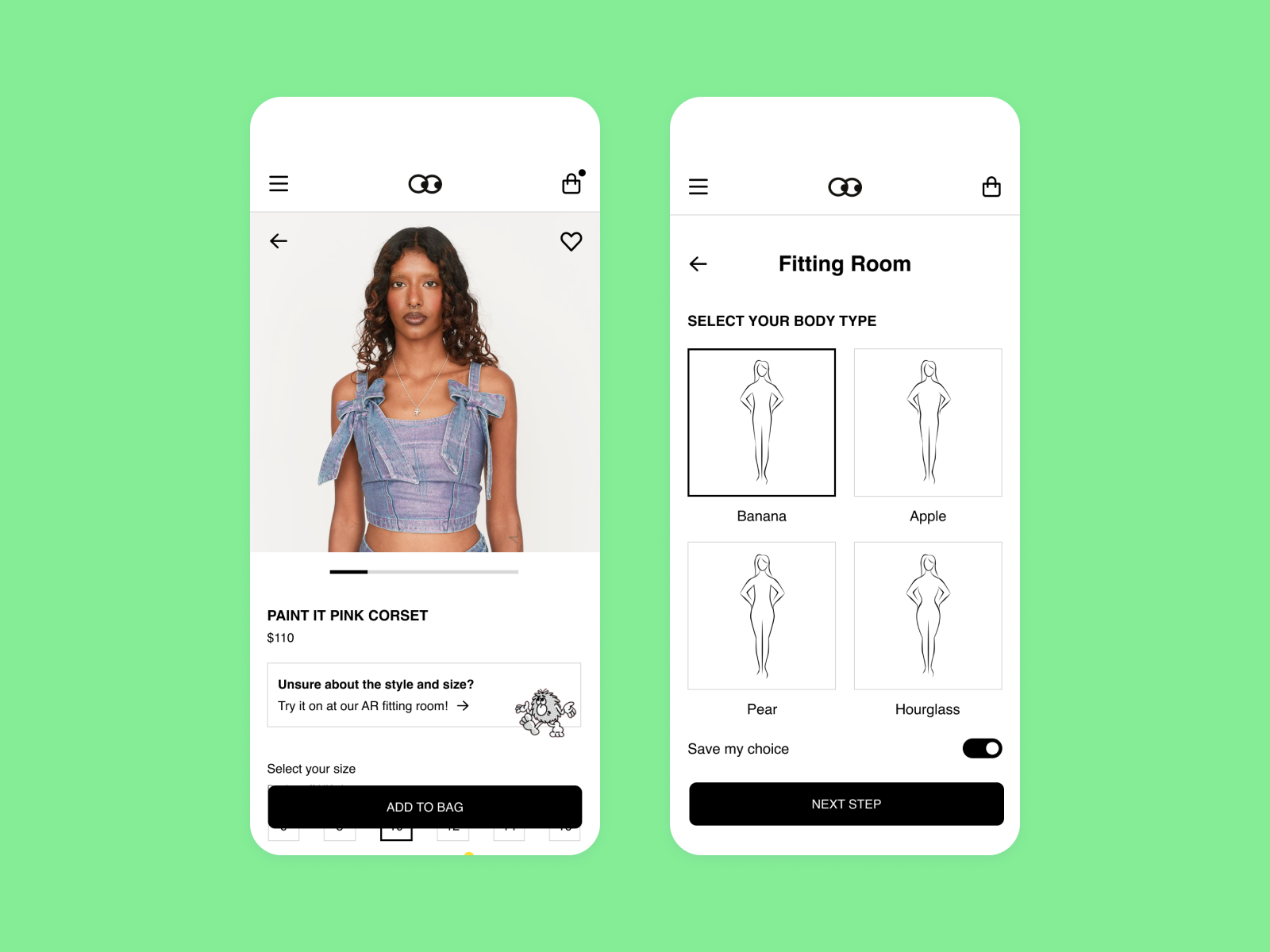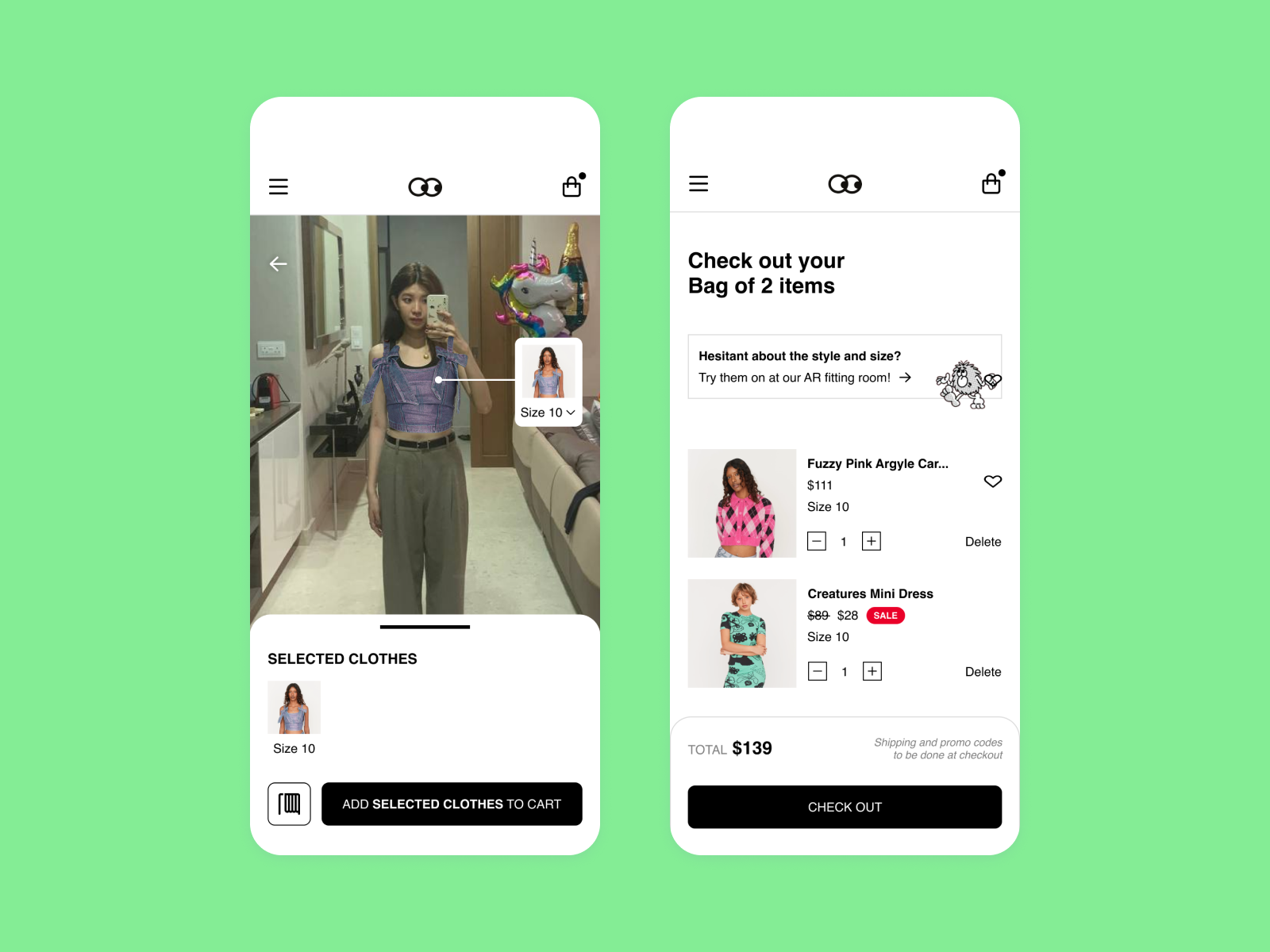Lazy Oaf Digital Enhancement
During my second year at DigiPen Institute of Technology Singapore, I was tasked to digitally enhance an existing app of my choice. I chose Lazy Oaf's mobile app, improving its user experience and design based on data gathered by its users, as well as creating an AR dressing room feature in the app.
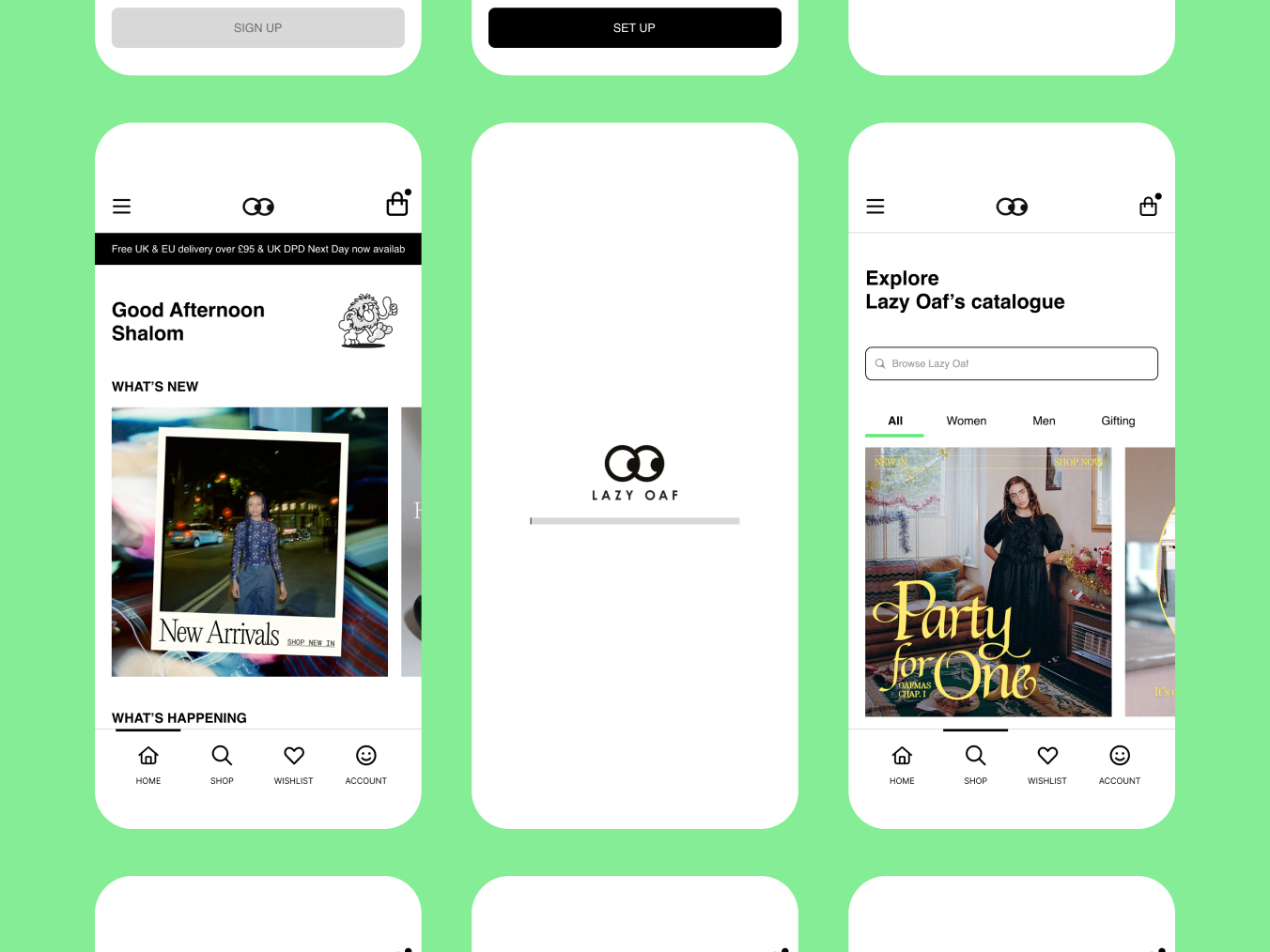

Thought Process
As a customer of Lazy Oaf myself, I tend to be hesitant whenever I scroll through their online site, as Lazy Oaf is known for its creative fashion pieces, which does not adhere to the traditional standards and trends of what people would consider as 'everyday wear'.
Because of this, as a consumer, I feel like I need reassurance when it comes to choosing the pieces I would want to buy from the store. This is because Lazy Oaf is primarily an online store and I do not like having to deal with the return process.
With some features still lacking in the online app, I decided to enhance the platform with the goal of making the site a more welcoming and assured user experience for its users.
To view the full documentation for my digital enhancement of Lazy Oaf, click here.
Design Process Pt.1: Surveys
I conducted surveys and interviews to understand what the participants think of Lazy Oaf from their past experiences using the app. This not only strengthened the problem statement, but also helps me understand what the users hope to see from Lazy Oaf mobile platform.
I was also able to gather data on what additional features the users would want from the mobile site that helped aid me when it comes to brainstorming what enhancement feature I would like to add to Lazy Oaf.
To view the details of the survey responses, click here.
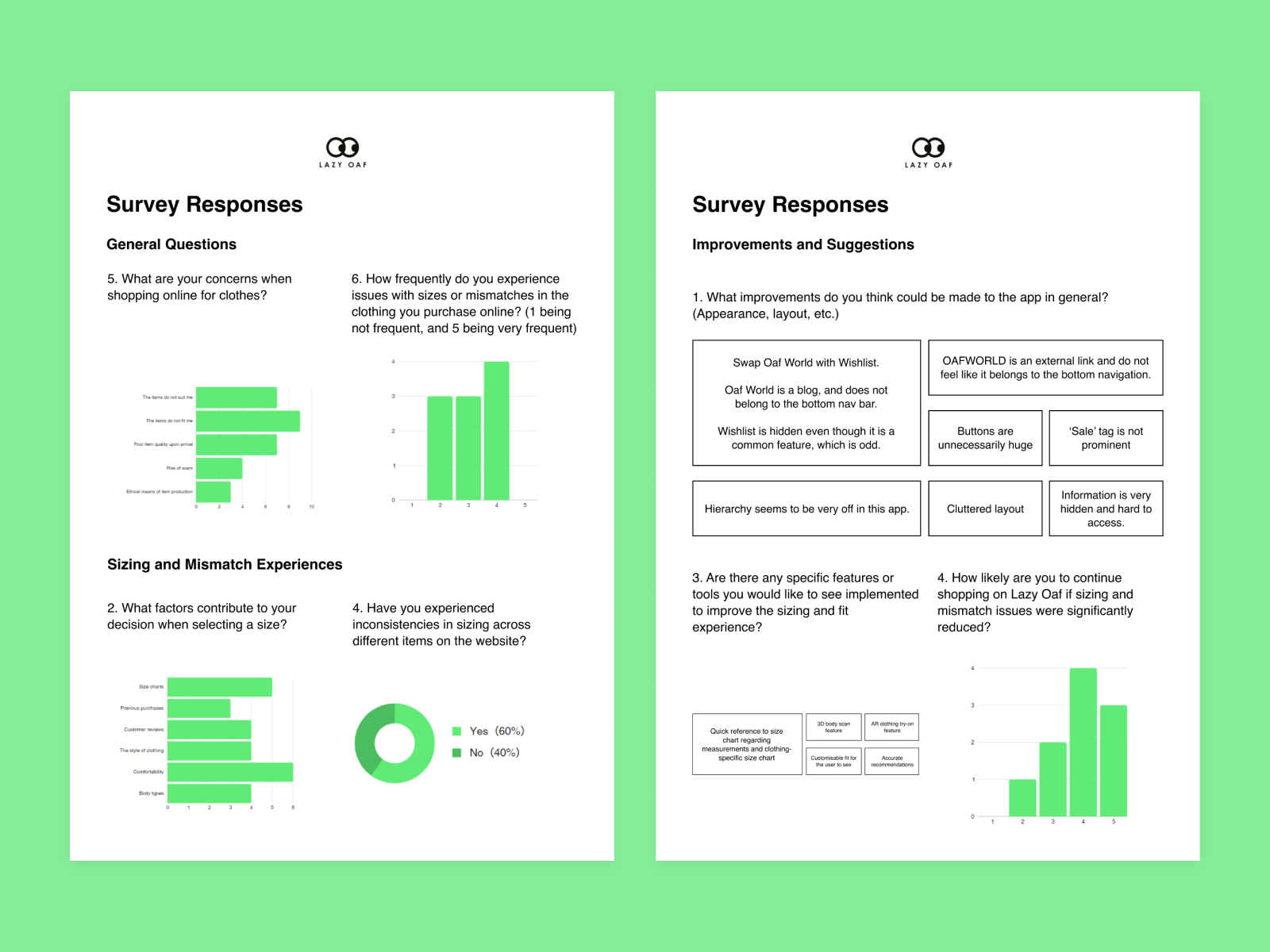
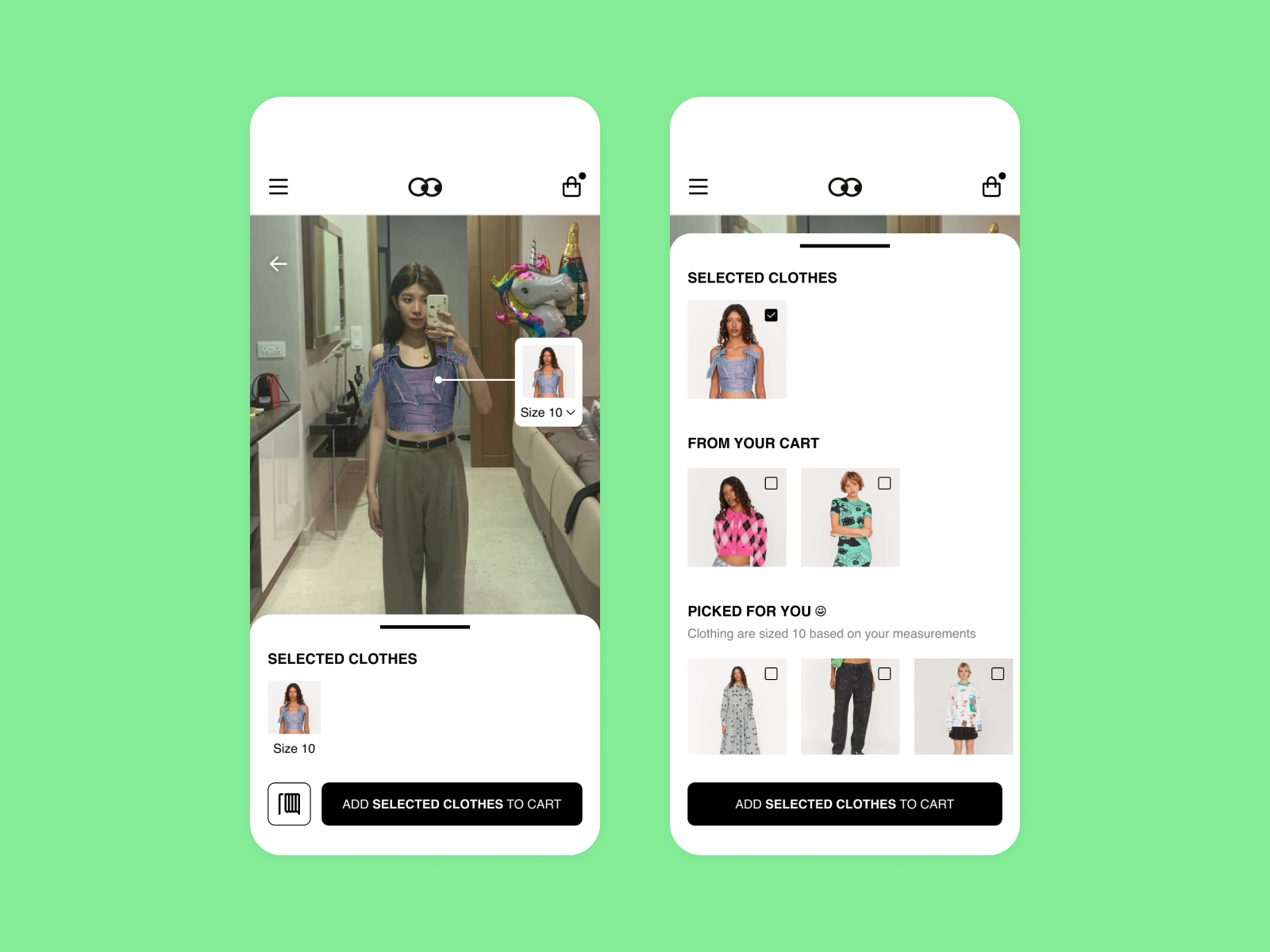
Design Process Pt.2: Enhancement Feature
From the data I've gathered from the surveys and interviews, I concluded that the best feature to tackle this problem statement would be an AR dressing room.
This would help users gauge whether they suit the creative fashion style Lazy Oaf is going for based on their body types, which would then bridge the gap between their own visualisation of how the clothes will look on them and how they would actually look like in person.
This hence would reduce the chances of returns as users would not be gambling their purchases on Lazy Oaf's site, but rather be able to confidently shop there.
Design Process Pt.3: Usability Testing
After creating the high fidelity prototype for Lazy Oaf's mobile app, I ran some usability testings with some of the participants from the surveys.
Overall, they are satisfied with this improved version of Lazy Oaf, feeling that the app is now more personalised to them while maintaining the overall minimalistic look to the brand despite the additional features and enhancements.
To view the full usability testing responses, click here.
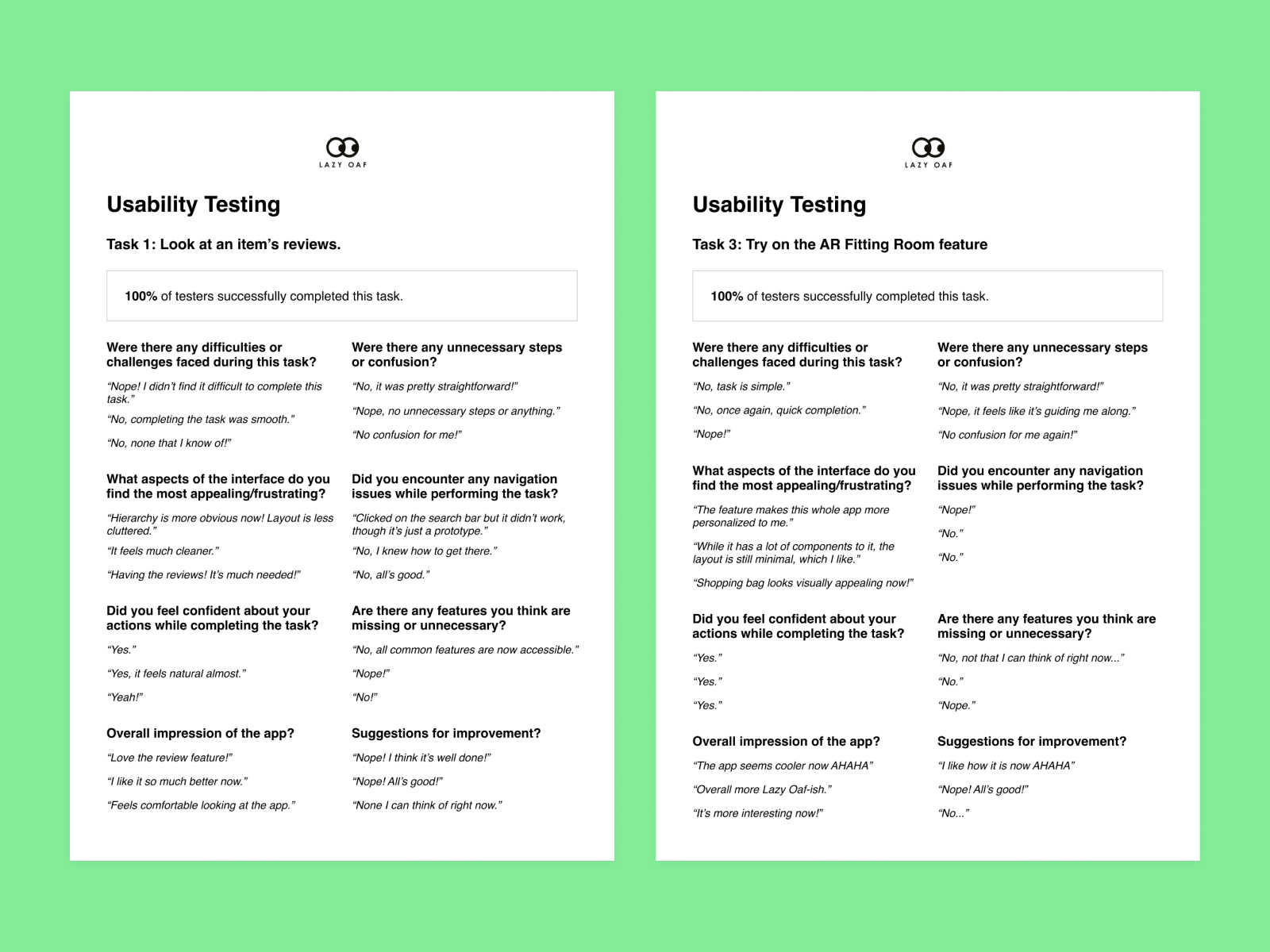
Mockups
Below are some of the mockup screens for Lazy Oaf. If you would like to view the full prototype itself, view it here.
